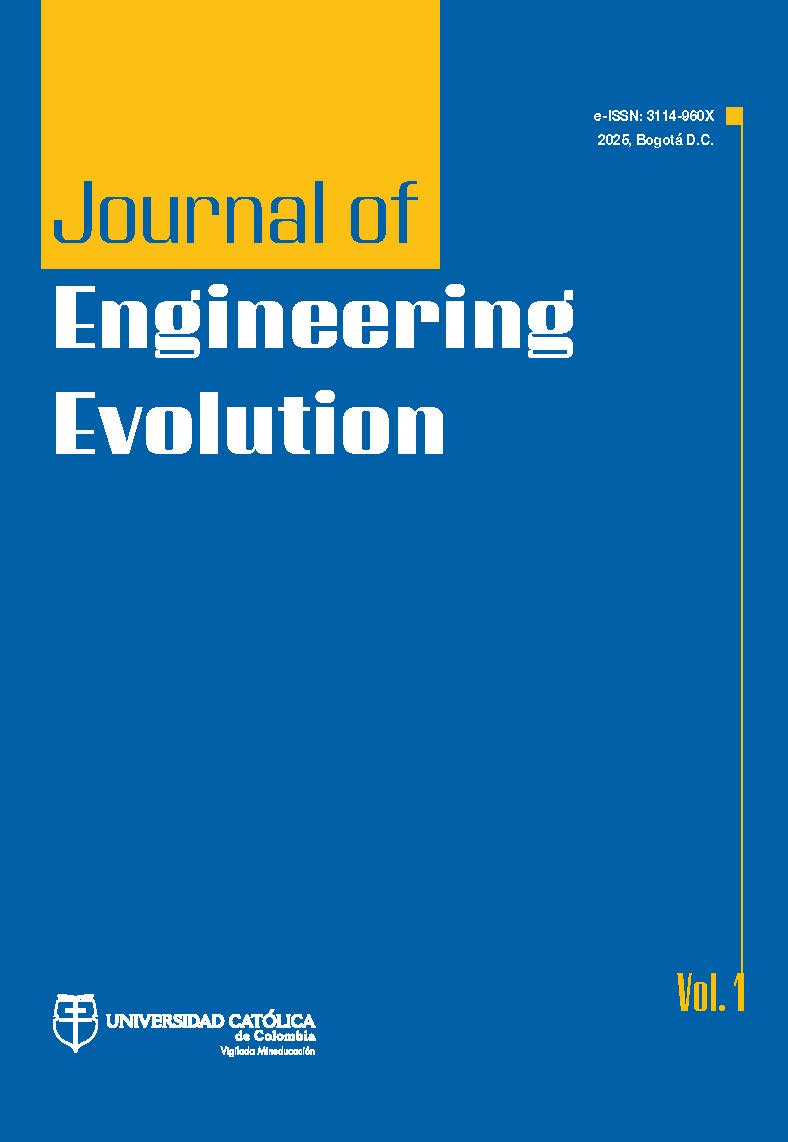Resumen
Bogotá exhibits alarming levels of air pollution, primarily caused by particulate matter (PM10 and PM2.5), especially in areas with high traffic congestion. This exceeds the limits established by the World Health Organization and reaches critical values in localities such as Kennedy. In response to this context, the study aimed to analyze the relationship between traffic and air quality at strategic points in the city, integrating an educational experience using the problem-based learning (PBL) methodology with Civil Engineering students. Real-time measurements were conducted using portable devices at three points in the Chapinero sector, selected based on traffic density levels, and complemented by manual traffic counts and analysis of climatic variables. The results showed that PM concentrations increase significantly under conditions of high congestion and solar radiation, with private vehicles being the most prevalent, followed by taxis and motorcycles. This experience provided scientific validation of the impact of traffic on poor air quality and demonstrated that PBL is an effective tool for fostering analytical and solution-oriented skills in engineering education, bridging theory, practice, and real urban contexts.







